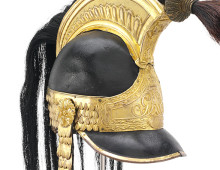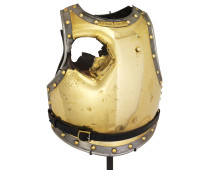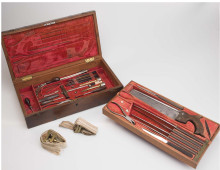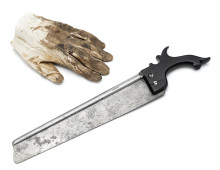Prosthetic leg of Earl of Uxbridge
Theme: Economic and technological revolution, Medicine, science and the people, French revolutionary and Napoleonic wars (1792-1815)
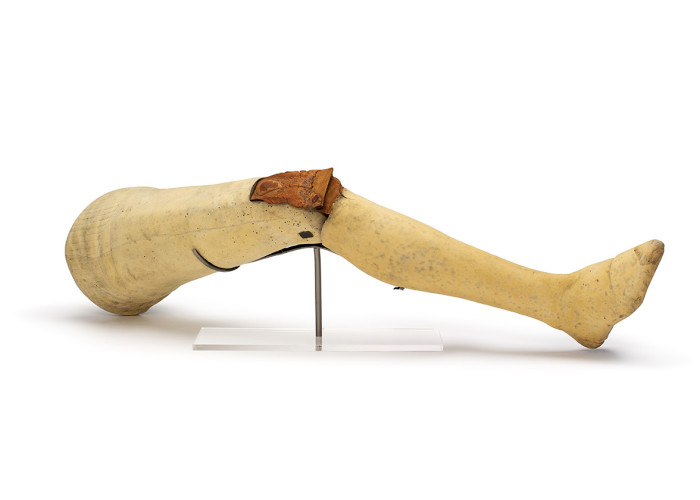
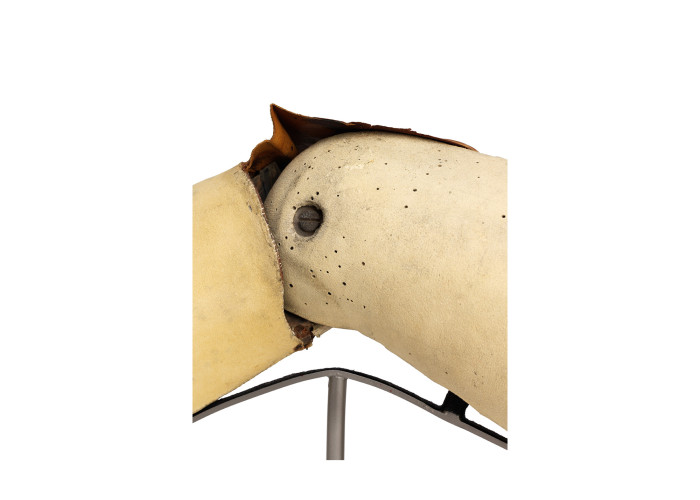 Copyright the Household Cavalry Museum. Photography Relic Imaging Ltd.
Copyright the Household Cavalry Museum. Photography Relic Imaging Ltd.
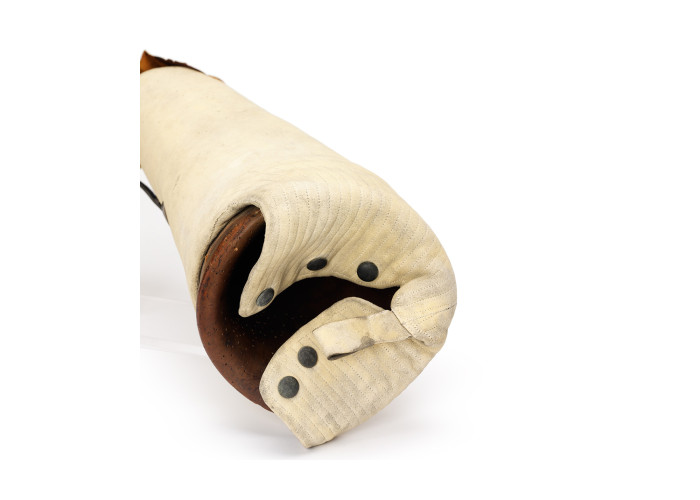 Copyright the Household Cavalry Museum. Photography Relic Imaging Ltd.
Copyright the Household Cavalry Museum. Photography Relic Imaging Ltd.
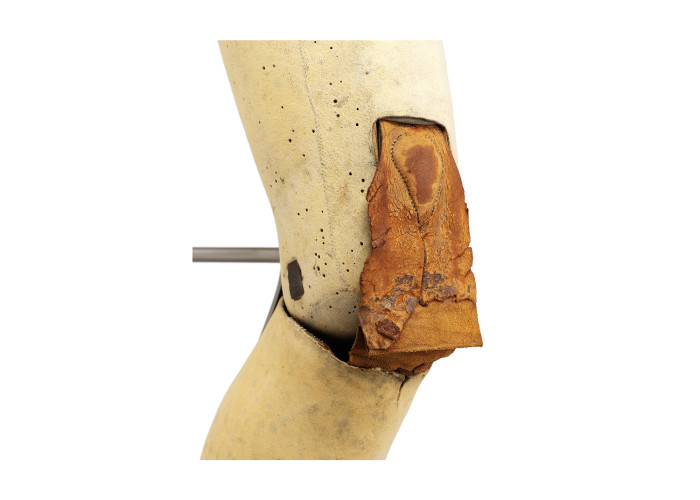 Copyright the Household Cavalry Museum. Photography Relic Imaging Ltd.
Copyright the Household Cavalry Museum. Photography Relic Imaging Ltd.
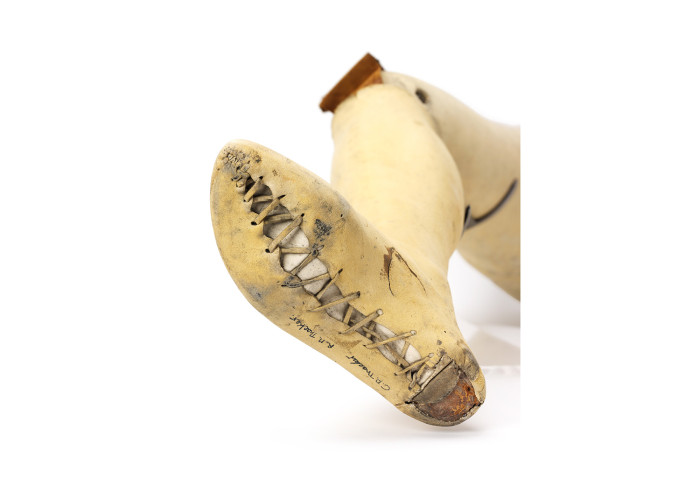 Copyright the Household Cavalry Museum. Photography Relic Imaging Ltd.
Copyright the Household Cavalry Museum. Photography Relic Imaging Ltd.
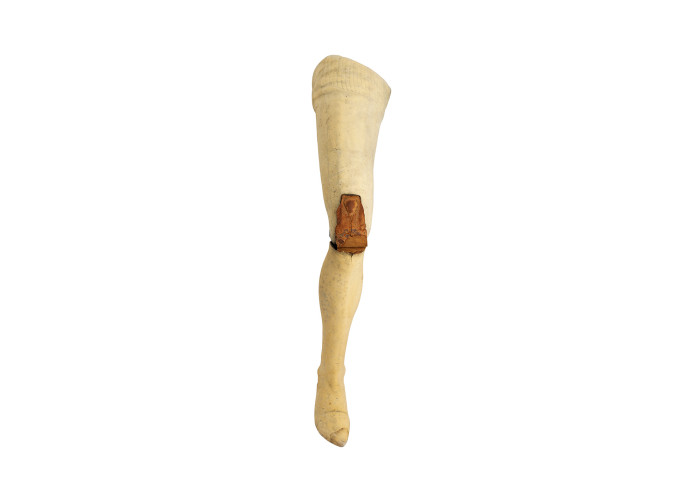 Copyright the Household Cavalry Museum. Photography Relic Imaging Ltd.
Copyright the Household Cavalry Museum. Photography Relic Imaging Ltd.
This is one of three prosthetic legs made for Henry Paget, Earl of Uxbridge, who commanded the British cavalry at the Battle of Waterloo.
Between 1793 and 1815, Britain was almost constantly at war with France. Firstly during the French Revolution, and then during what became known as the Napoleonic Wars – when Napoleon Bonaparte tried to conquer countries across Europe. The fighting finally came to an end at the Battle of Waterloo, where Napoleon was defeated by the British army and its allies.
During the Battle of Waterloo, the Earl of Uxbridge, was hit in the knee by a canister shot. He is reported to have said to the Duke of Wellington ‘By God, sir, I’ve lost my leg!’. He was carried from the field and his leg amputated – with no anaesthetic or antiseptics. Although the operation was a success, the Earl suffered prolonged pain from the stump and the wound did not finally heal until a year later. He remained active after the battle and continued to ride, using specially designed stirrups that locked on to his prosthetic leg.
It bent at the knee and the foot flexed up at the ankle, preventing the toes catching on the cobbled streets. These ‘articulations’ were controlled by strips of kangaroo tendon.
This is an unusually sophisticated prosthetic leg for the time. Most were made of wood, some just simple ‘peg legs’. A few were constructed of metal and had locking hinges, so that the knee could be bent or fixed straight as needed. They were usually of a ‘standard’ size and not fitted to the individual so were uncomfortable and awkward to use. This prosthesis however, was carefully carved from fruitwood. It bent at the knee and the foot flexed up at the ankle, preventing the toes catching on the cobbled streets. These ‘articulations’ were controlled by strips of kangaroo tendon.
It wasn’t until the First World War that the design of prosthetic limbs changed significantly. This design, patented as the ‘Anglesey Leg’, was commercially advertised until 1914. Today, new technologies and strong, light, durable materials like plastic, carbon fibre and titanium are used to make prosthetic limbs, moulded and fitted to the individual. Prosthetic limbs can now even be made using a 3D printer. Different prostheses are used for different purposes – such as the ‘blades’ used by elite Paralympians for running.
Did you know..?
The severed leg of the Marquess of Anglesey (as Paget became after the battle) was put on display in the village of Waterloo in Belgium, where it had been amputated, and remained a notorious tourist attraction for years after the Battle.
Use our Classroom resources to investigate this object and the theme of Medicine further.
Highlights:
Sources & acknowledgements
This object description and its related educational resources were researched and written by our team of historians and education specialists. For further information see the item’s home museum, gallery or archive, listed above.
- Related resources
- Enquiry Questions
-
Education overview
You can access a range of teachers resources related to this object and more on our education page.
Please also see our glossary of terms for more detailed explanations of the terms used.
-
Curatorial info
- Originating Museum: Household Cavalry Museum
- Production Date: c. 1817
- Material: Wood, kangaroo fibre, cotton fabric
-
Use this image
You can download this image for personal and educational use but please take note of the license type and rights holder information.
- Rights Holder: Copyright the Household Cavalry Museum. Photography Relic Imaging Ltd.
- License Type:
- Related Objects
Find it here
This object is in the collection of Household Cavalry Museum













